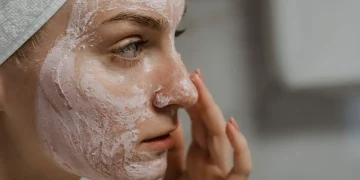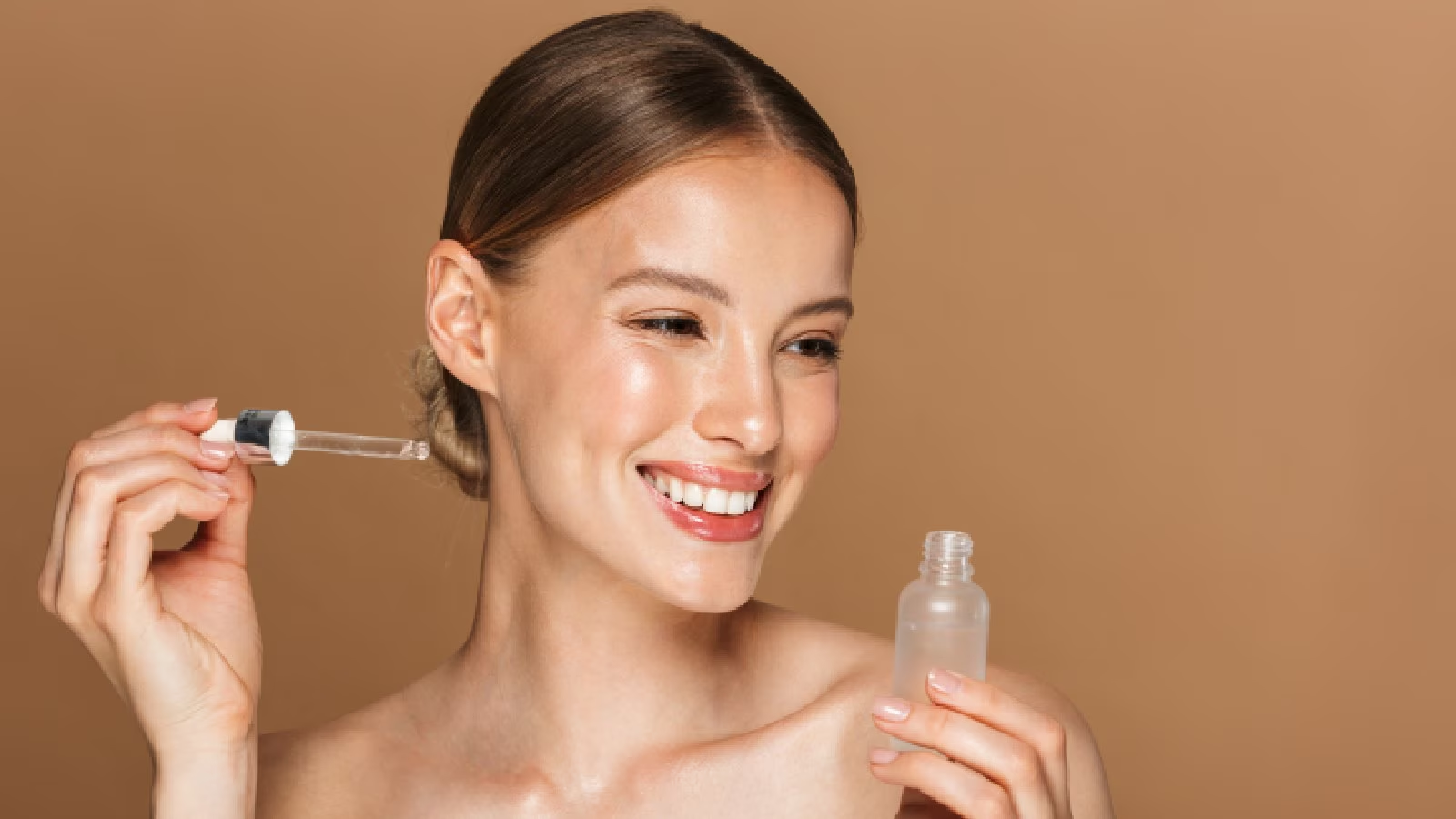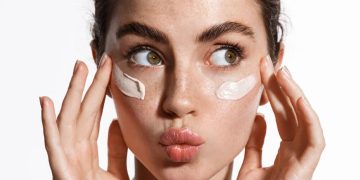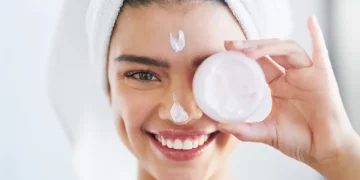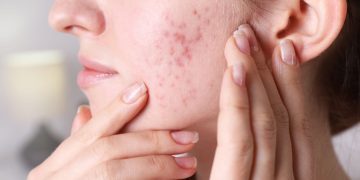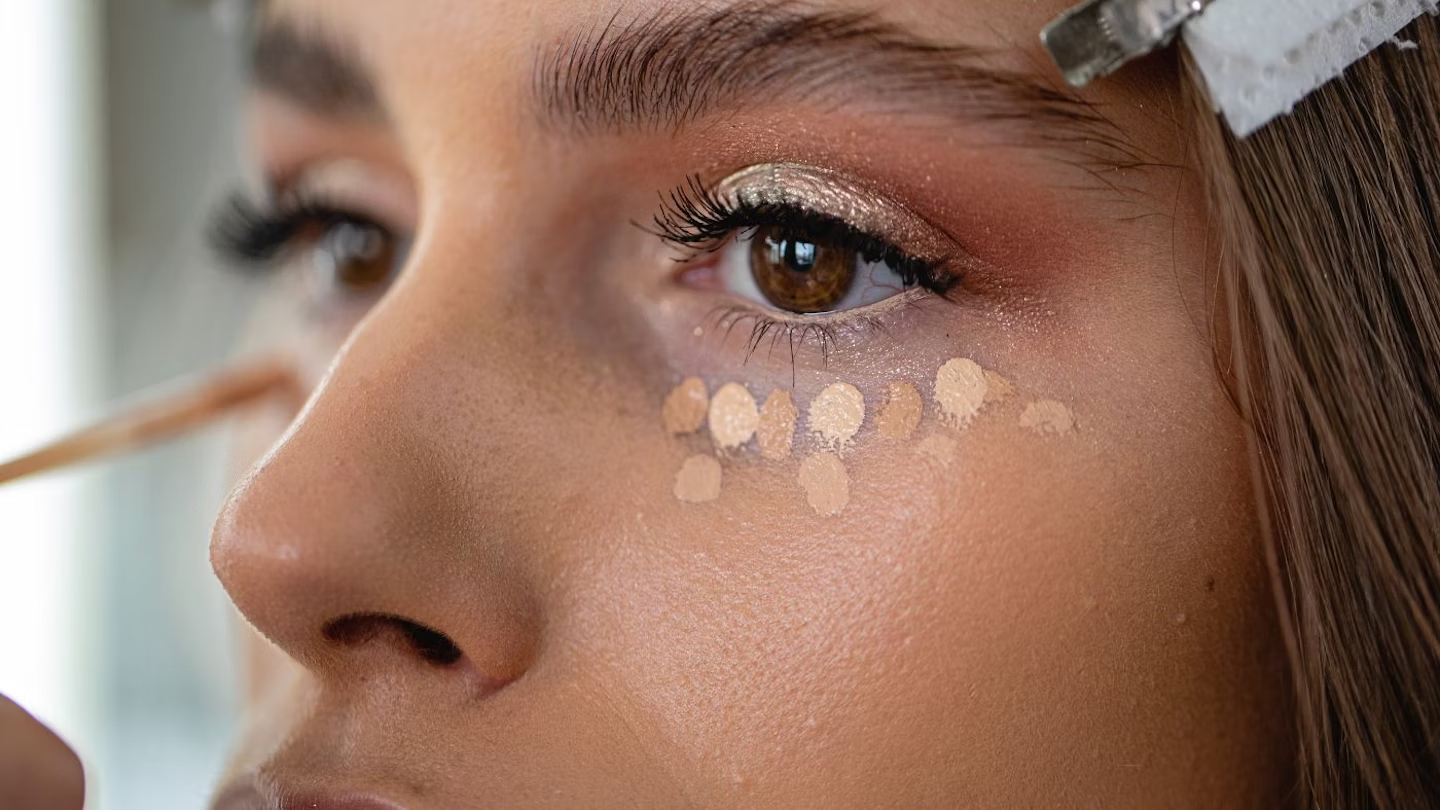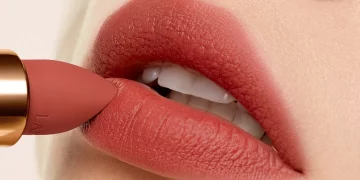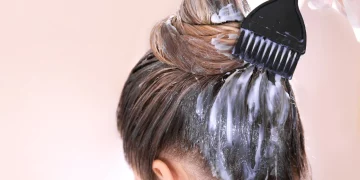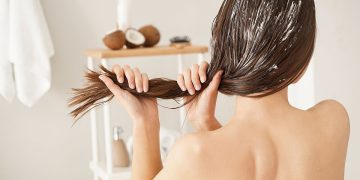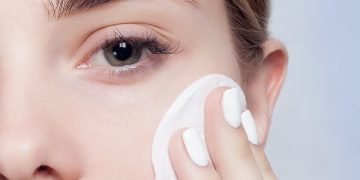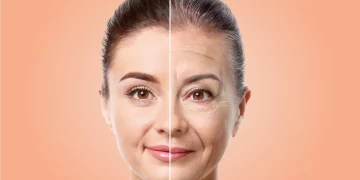Introduction
In recent years, the men’s skincare market has witnessed an explosive surge, quickly becoming one of the most dynamic and rapidly expanding sectors in the global beauty and personal care industry. What was once considered a niche or secondary market is now a significant consumer force, with men becoming increasingly aware of the importance of skincare, grooming, and overall self-care. This trend is not just limited to young, fashion-forward men but spans across a diverse demographic, from millennials to baby boomers.
As men increasingly prioritize skincare routines, this presents a valuable opportunity for brands to tap into a consumer base that was once largely overlooked by traditional beauty companies. However, with the growing competition in the market, it’s essential for brands to understand the unique needs and preferences of male consumers, and to tailor their offerings and marketing strategies accordingly.
In this article, we will explore the reasons behind the rapid growth of the men’s skincare market, examine the factors driving this shift in consumer behavior, and provide insights into how brands can position themselves to capture this emerging consumer blue ocean.
The Rapid Growth of the Men’s Skincare Market
Historically, the skincare market has been heavily dominated by women, with products and marketing largely tailored to a female audience. Men’s skincare, on the other hand, was often restricted to basic shaving products or aftershaves, and skincare was generally seen as a ‘feminine’ concern. However, over the past decade, there has been a notable shift. Men’s skincare is no longer just about shaving or covering up blemishes; it’s about taking care of their skin, boosting confidence, and embracing self-care routines.
Market Growth and Statistics: The men’s grooming market has grown exponentially, with some estimates predicting the sector could be worth over $166 billion by 2022, and it shows no sign of slowing down. In 2023, the global male skincare market was valued at $14 billion and is projected to continue expanding as more men enter the skincare space. This growth can be attributed to changing societal norms, the increasing influence of social media and beauty influencers, and a greater focus on health and wellness.
More men are seeking skincare products that offer practical solutions, ranging from anti-aging treatments to acne solutions, with an increasing preference for multi-functional products that simplify their grooming routines.
Why is the Men’s Skincare Market Growing?
Several factors contribute to the growing interest and investment in men’s skincare. Understanding these factors is essential for brands to effectively target and engage this evolving consumer base.
1. Shifting Attitudes Towards Grooming and Self-Care
The stigma surrounding male grooming has significantly diminished in recent years. Men are increasingly adopting self-care routines and acknowledging the benefits of taking care of their skin. This shift is a reflection of changing societal norms where grooming is no longer viewed as a luxury or feminine indulgence but rather a necessary part of modern masculinity.
The rise of wellness culture also plays a role in this transformation. As men embrace overall health and fitness, skincare has naturally become a part of that equation, seen as essential for maintaining both physical and mental well-being.
2. Influence of Social Media and Beauty Influencers
The rise of social media platforms, especially Instagram, YouTube, and TikTok, has significantly influenced the way men view skincare. Influencers, bloggers, and celebrities who openly share their skincare routines have helped normalize and popularize men’s grooming. High-profile figures such as David Beckham, Harry Styles, and Timothée Chalamet have been vocal about their skincare regimens, setting new trends in the process. Additionally, male beauty influencers have become crucial in promoting skincare routines, often providing tutorials, reviews, and advice that resonate with their audiences.
This visibility has led to increased interest in male-specific beauty content, breaking down traditional barriers and encouraging men to invest more in skincare.
3. Expanding Product Range and Innovations
The skincare industry has responded to this demand with an ever-expanding range of products targeted specifically at men. These products cater to the diverse needs of male skin, which tends to be thicker, oilier, and more prone to irritation from shaving. Today, men have access to a wide variety of skincare products, including cleansers, moisturizers, toners, serums, face masks, and anti-aging treatments. Many brands now offer products designed specifically for men’s skin types, addressing concerns such as acne, dark circles, and fine lines.
Additionally, innovations in skincare technology, such as gender-neutral formulations and multi-functional products, have made it easier for men to incorporate skincare into their daily routines without feeling overwhelmed. Brands are also offering convenient, streamlined products, such as 2-in-1 or 3-in-1 cleansers, that are designed to meet the needs of men who may not want to invest too much time in their routines.
4. Focus on Natural and Sustainable Ingredients
As men’s skincare evolves, there is also a growing demand for natural and sustainable products. More male consumers are becoming conscious of the ingredients in their skincare products, seeking out clean beauty formulations that avoid harmful chemicals and artificial additives. Men, much like women, are increasingly opting for eco-friendly packaging, cruelty-free products, and sustainable sourcing.
This demand is not just driven by millennials and Gen Z; even older generations are becoming more interested in the environmental impact of their skincare choices. Brands that emphasize natural, organic ingredients and eco-conscious production are poised to attract this environmentally-aware male demographic.

How Brands Can Capture the Men’s Skincare Blue Ocean
With the rapid growth of the men’s skincare market, brands have an unprecedented opportunity to tap into a highly lucrative consumer base. However, to successfully capture this market, brands must adopt strategies that resonate with the unique needs and preferences of male consumers. Here are some key approaches brands can use to capture the men’s skincare blue ocean.
1. Simplify Skincare Routines
One of the main barriers for men entering the skincare market is the perceived complexity of skincare routines. Men often prefer straightforward, easy-to-use products rather than multi-step systems. Brands should focus on offering easy-to-understand routines that are not overwhelming. The key is simplicity, efficiency, and effectiveness.
Products such as 2-in-1 face washes that double as a shaving cream, or multi-functional serums that tackle multiple skin concerns at once, can appeal to men who value convenience and time-saving solutions.
2. Leverage Influencers and Celebrities
As mentioned earlier, the influence of social media and celebrity culture cannot be underestimated. Collaborating with male beauty influencers, fitness personalities, and celebrities who align with the brand’s values can help generate buzz and credibility. These individuals can serve as authentic brand ambassadors, showing their audience how easy and beneficial skincare can be for men.
Content such as tutorials, product reviews, and skincare routines shared by these influencers will resonate more with male consumers who trust their advice. Additionally, partnering with male celebrities who openly discuss skincare can make it feel more accessible and relevant to a broader audience.
3. Personalize the Skincare Experience
Personalization is one of the key trends shaping the future of skincare. Many brands are now offering personalized skincare solutions that are tailored to an individual’s skin type, concerns, and lifestyle. AI-powered quizzes or consultations with skincare experts can help create a customized skincare routine that addresses specific needs, whether it’s anti-aging, acne treatment, or hydration.
Offering personalized services will appeal to men who want a skincare routine that fits seamlessly into their lives without unnecessary complexity or trial-and-error.
4. Focus on Masculine Branding and Packaging
Packaging plays a crucial role in how skincare products are perceived. While women’s skincare often features sleek, colorful, or floral packaging, men tend to gravitate toward more minimalist, masculine designs. Using dark colors, sleek, no-nonsense packaging, and labeling that conveys strength and simplicity can help make skincare products feel more appealing and approachable to male consumers.
The brand messaging should also resonate with male values, focusing on strength, confidence, and practical benefits. Avoiding overly “feminine” language or images is key to ensuring the brand doesn’t alienate potential customers.
5. Highlight Results, Not Just Aesthetics
Men tend to focus on tangible, visible results rather than aesthetics. Skincare products that emphasize practical outcomes—such as reducing acne, soothing irritation, or preventing wrinkles—are more likely to capture the attention of male consumers. Brands should focus on clearly communicating the benefits and effectiveness of their products, using real results and testimonials to build trust and credibility.
Conclusion
The men’s skincare market is expanding rapidly, driven by shifting societal norms, changing attitudes toward grooming, and the influence of social media. For brands, this represents a significant opportunity to tap into a growing, previously underserved market. By simplifying skincare routines, leveraging influencers, offering personalized solutions, and aligning product packaging with masculine preferences, brands can position themselves as leaders in this burgeoning consumer blue ocean.
Ultimately, the key to capturing this market lies in understanding male consumers’ unique skincare needs and delivering effective, easy-to-use solutions that enhance their grooming routines. By doing so, brands can build strong relationships with male consumers and establish themselves as trusted leaders in the men’s skincare space.

